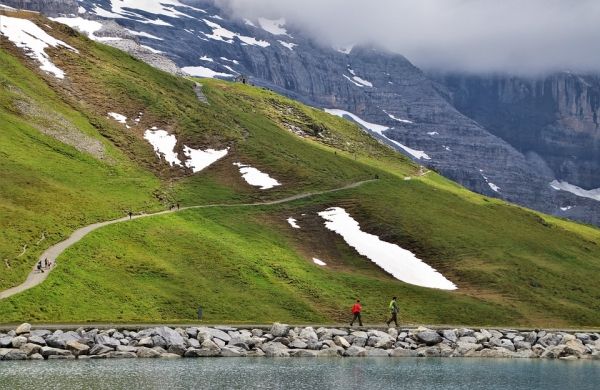With mountain snowpacks shrinking in the western U.S., new Berkeley Lab study analyzes when a low-to-no-snow future might arrive and implications for water management.
Mountain snowpacks around the world are on the decline, and if the planet continues to warm, climate models forecast that snowpacks could shrink dramatically and possibly even disappear altogether on certain mountains, including in the western United States, at some point in the next century. A new study led by researchers at Lawrence Berkeley National Laboratory (Berkeley Lab) analyzes the likely timing of a low-to-no-snow future, what it will mean for water management, and opportunities for investments now that could stave off catastrophic consequences.
Their review paper, “A low-to-no-snow future and its impacts on water resources in the western United States,” published in the journal Nature Reviews Earth and Environment, analyzes previous climate projections and finds that if greenhouse gas emissions continue along the high-emissions scenario, low-to-no-snow winters will become a regular occurrence in the western U.S. in 35 to 60 years. Further, the study re-evaluates longstanding assumptions in water management in the U.S. and stresses that scientists and water managers need to work together more closely to develop and implement climate adaptation strategies.
The Sierra Nevada, Rockies, Cascades, and other mountain ranges provide a tremendous service by capturing, storing, and releasing water for downstream use. Historically, snowmelt timing provides a critical delay in the delivery of water supply during the spring and into the summer, when precipitation is low and when water demands are at their highest due to agriculture. The factors causing shrinking snowpacks are predominantly tied to temperature increases and shifting precipitation characteristics. Warmer temperatures also imply that storms will produce more rainfall and less snowfall, limiting the amount of seasonal snowpack that can build through the winter.
Read more at DOE/Lawrence Berkeley National Laboratory
Photo Credit: pasja1000 via Pixabay


